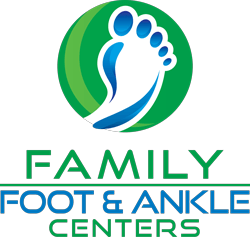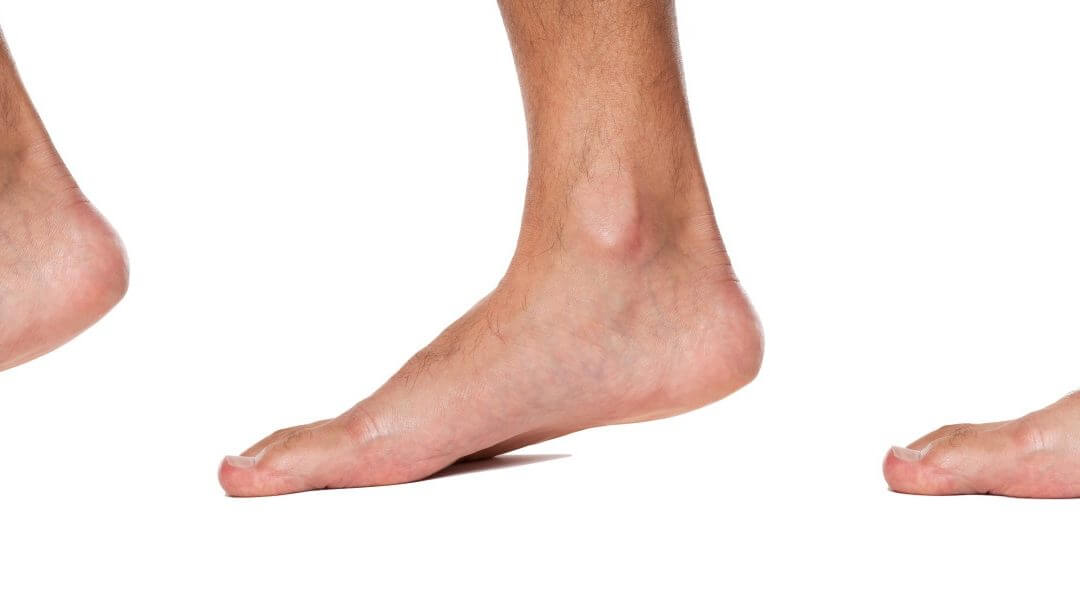7 Problems that May Arise from Having Flat Feet
Do your arches flatten with each step? You’re not alone. Between 20 and 30% of people are at least partially flat-footed. Flat feet is when your arches flatten, called pronation, so they’re completely or almost completely touching the ground. Some people naturally have flat feet. Others become flat-footed later in life because of an injury, age, or other cause.
Flat feet is when your arches flatten, called pronation, so they’re completely or almost completely touching the ground. Some people naturally have flat feet. Others become flat-footed later in life because of an injury, age, or other cause.
Many people live with low arches and have no symptoms or issues. If that’s your experience, you don’t need any treatment.
But some people have pain or other issues associated with excessive pronation. Treatment can help you avoid problems (or having to correct them once they start).
Here are seven common issues you might experience if you have flat feet.
1. Walking Difficulties
Flat feet can affect how you walk. It often causes over pronation. That means your outer heel strikes the ground first, followed by an inward rolling of your feet. The walking difficulties can cause fatigue throughout your legs and ankles resulting in not being able to walk for extended distances. It also can increase your risk of overuse injuries like muscle strains from the feet not functioning properly.
2. Lower Body Pain
Your feet aren’t the only places you might feel pain. Low arches can throw off the alignment throughout your body. That misalignment can cause pain in your lower back, hips, knees, and/or ankles. Many patients with pain in these areas find significant relief with custom orthotics. These orthotics support the arches and hold the feet in a better functioning position. This lessens strain and impact on the feet, knees and lower back.
3. Arthritis
Some people with flat feet will develop arthritis in the feet or ankles. Your foot deformity can affect ligament stability in your feet and puts more strain on the joints in those areas which can increase your chances of arthritis. The most common area of arthritis in the foot due to flat feet is in the joint of the big toe. Many people will notice the toe does not bend the way it once did.
4. Plantar Fasciitis
Plantar fasciitis happens when the plantar fascia — the thick tissue band that goes along the bottom of your feet — gets inflamed. It causes pain in the heel. When you have flat feet, it can affect your weight distribution. This can put more stress than normal on your plantar fascia, which can lead to plantar fasciitis. The most common symptom of plantar fasciitis is pain in the heel upon first standing and returning to activity after periods of rest.
5. Achilles Tendonitis
Achilles tendonitis affects the tissues at the back of your leg that connect your calf muscles to your heel bone. This condition is an overuse injury, so it usually happens when you increase the intensity of runs or play sports occasionally.
Even though it’s an overuse injury, Achilles tendonitis may be more likely if you have physical problems such as flat feet. Because you have a flatter arch, your Achilles tendon experiences more strain because the foot does not function efficiently. Symptoms include pain in the back of the heel when walking or standing.
6. Bunions
Bunions are a common foot problem that can be made worse by flat feet. This deformity appears at the base of your big toe. They are a bony bump where the base of the toe pushes outward. Bunions are often painful, especially when you walk. A low arch allows the bones to spread too far and this can lead to a bunion deformity.
7. Hammertoes
Hammertoes are caused by an imbalance between the muscles and ligaments in the toe joints. That causes the joint to buckle with your toe staying in that position. Rigid hammertoe means you can’t move the toe out of the position, while flexible hammertoe allows you to still move the joint.
Flat feet can contribute to the development of hammertoes. It causes instability, which can lead to hammertoe. Your genes can play a role in both flat feet and hammertoes.
Treat Your Flat Feet!
Have you noticed the side effects of having flat feet? Newer technologies allow this condition to be treated more effectively than ever before. From custom orthotics to surgical correction, the podiatrists at Family Foot & Ankle Centers have you covered. Schedule an appointment with us today to get our award-winning care. We can help you get back to living pain-free!



